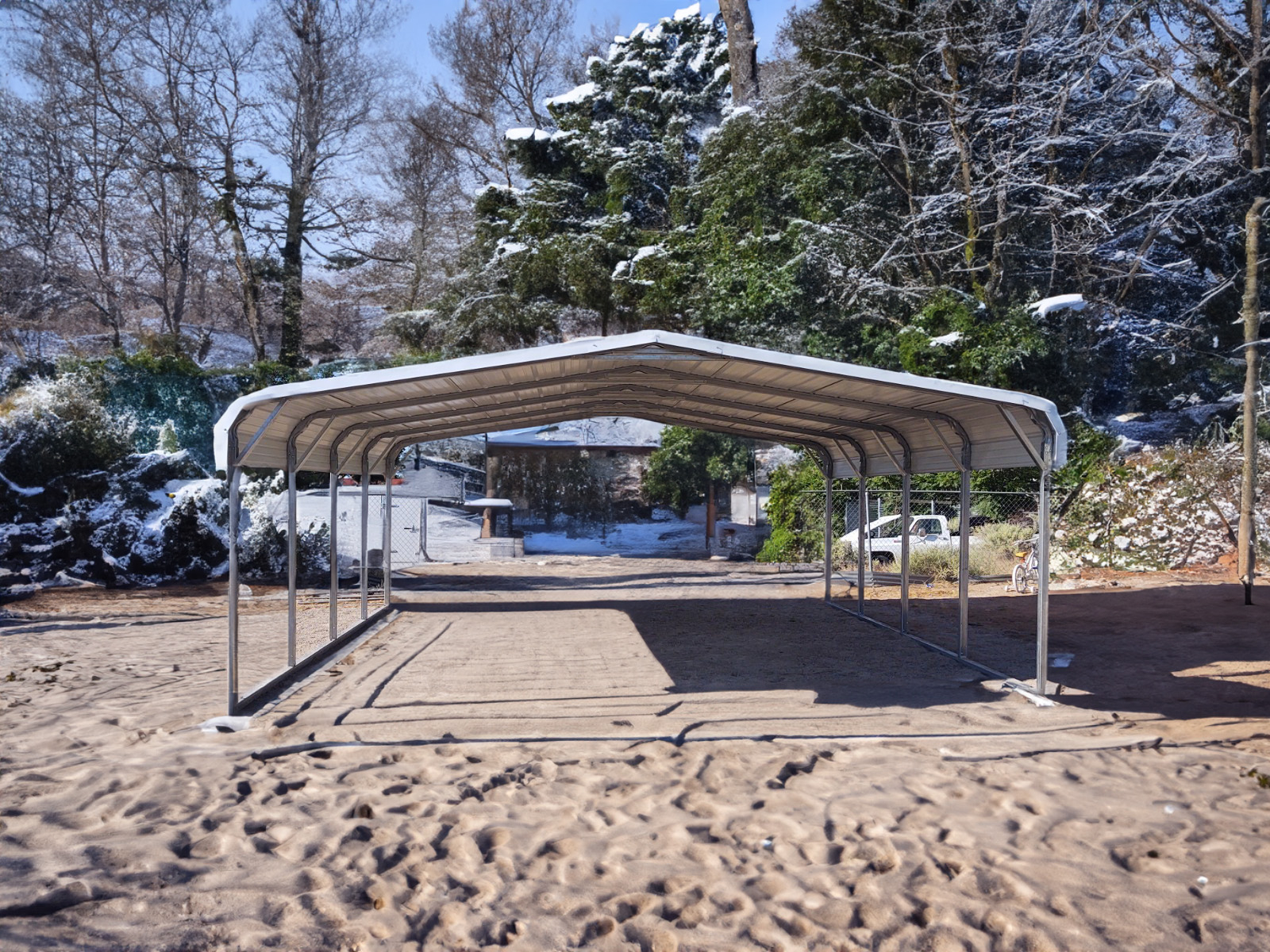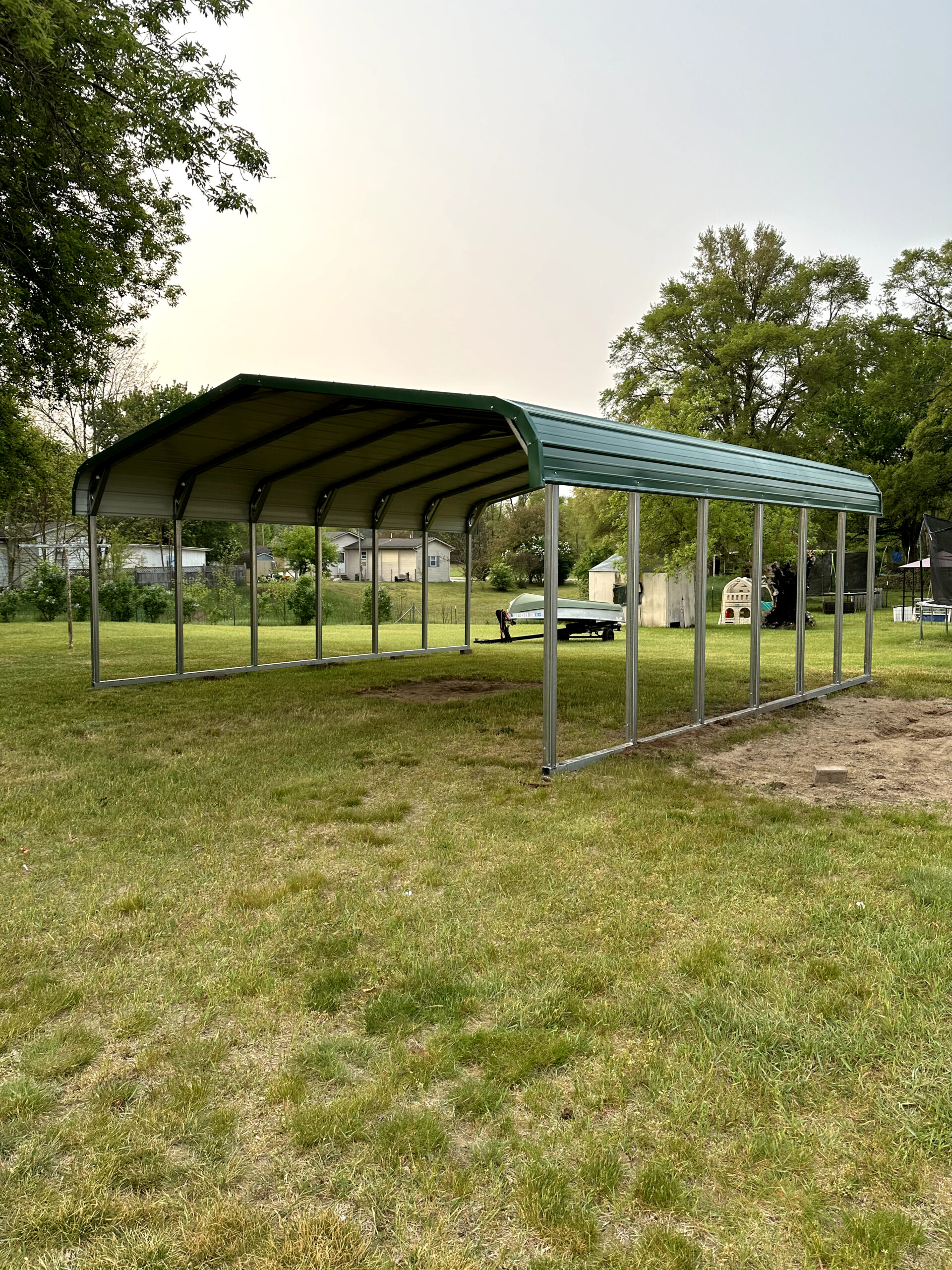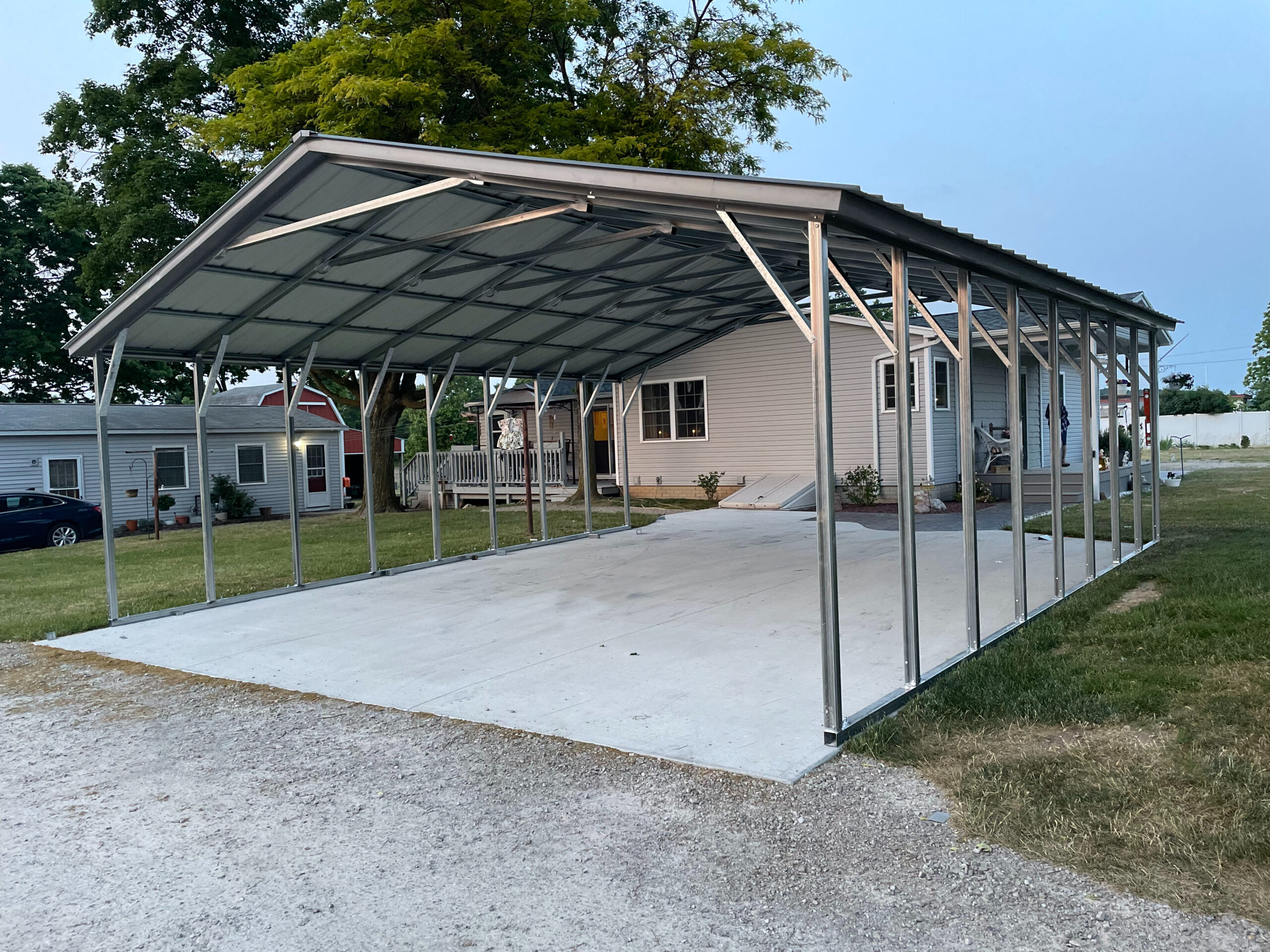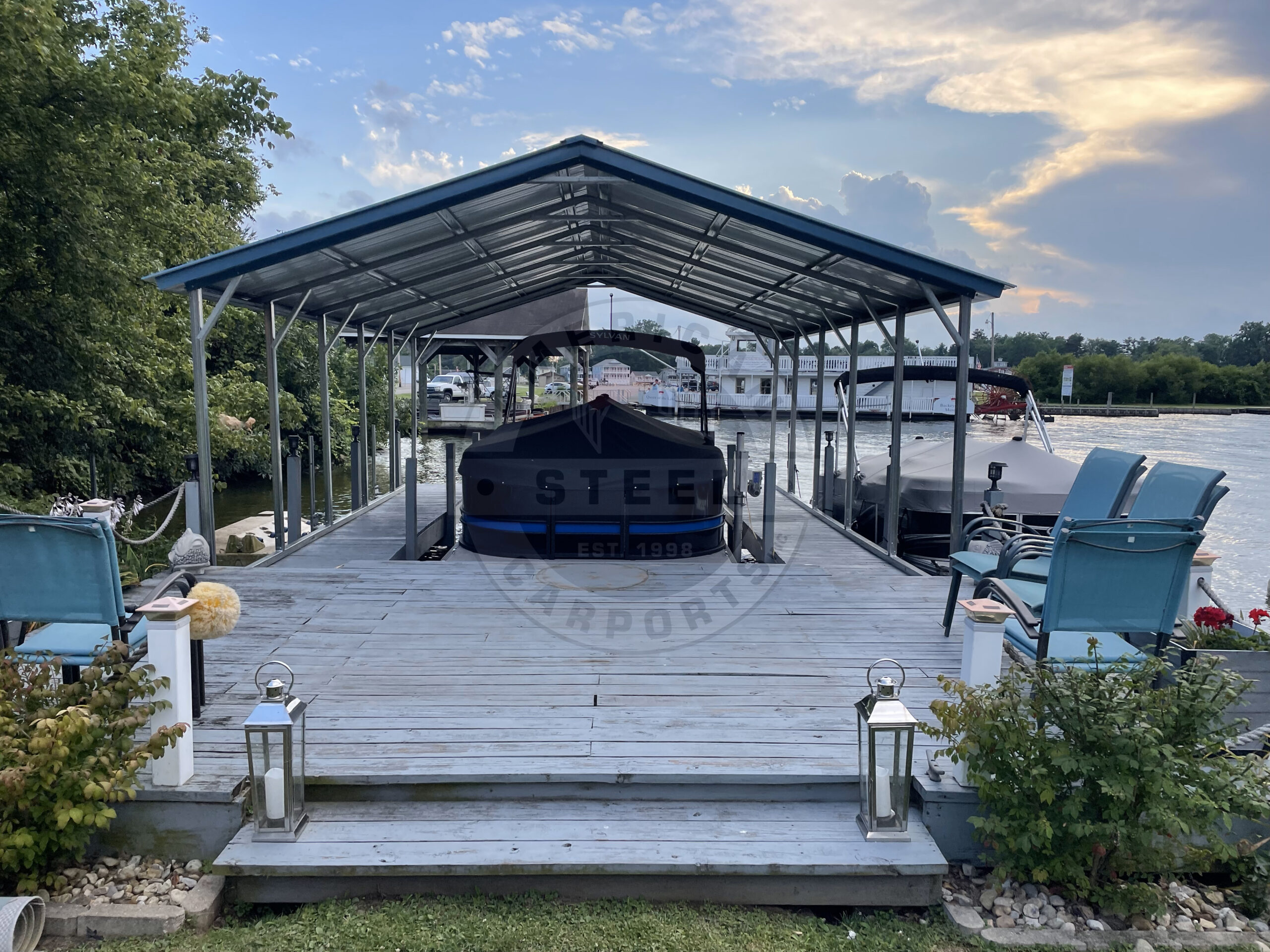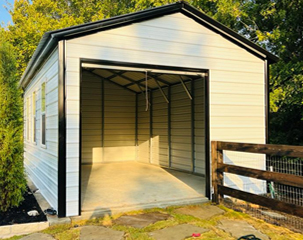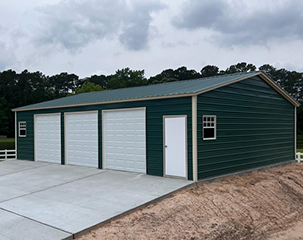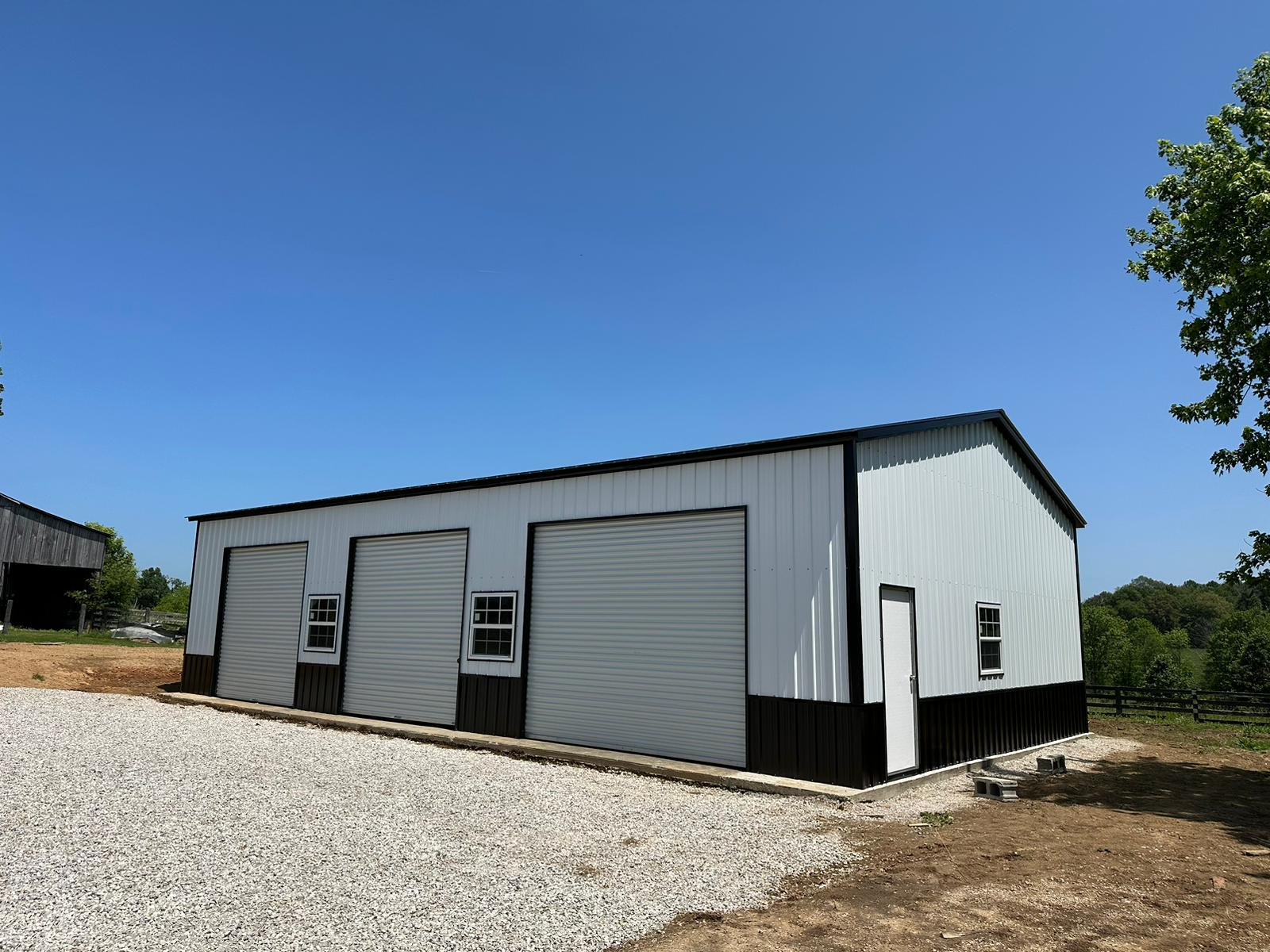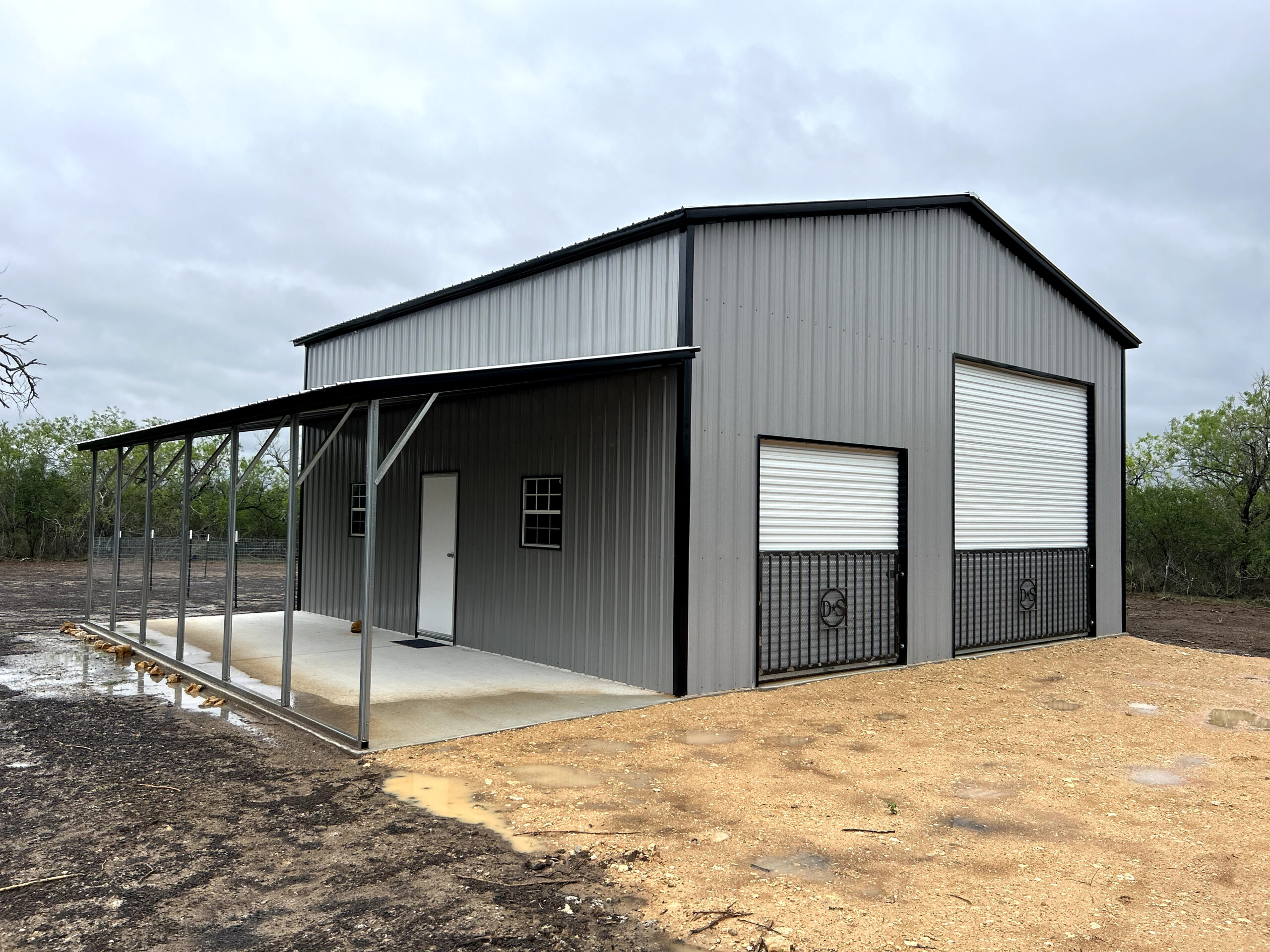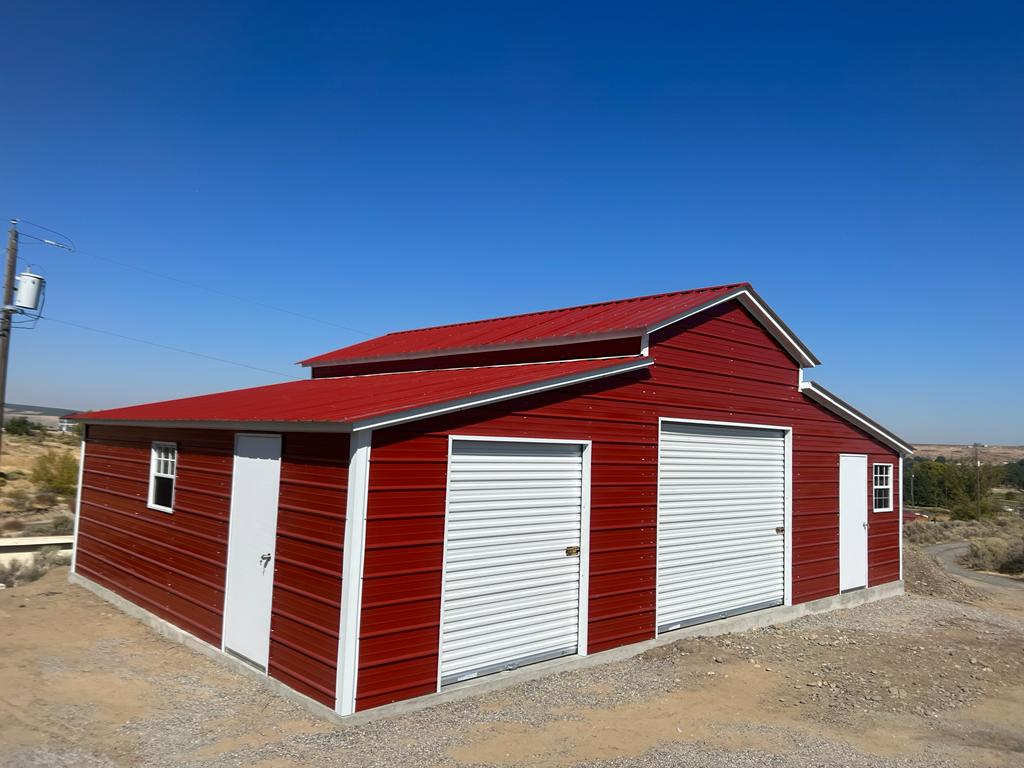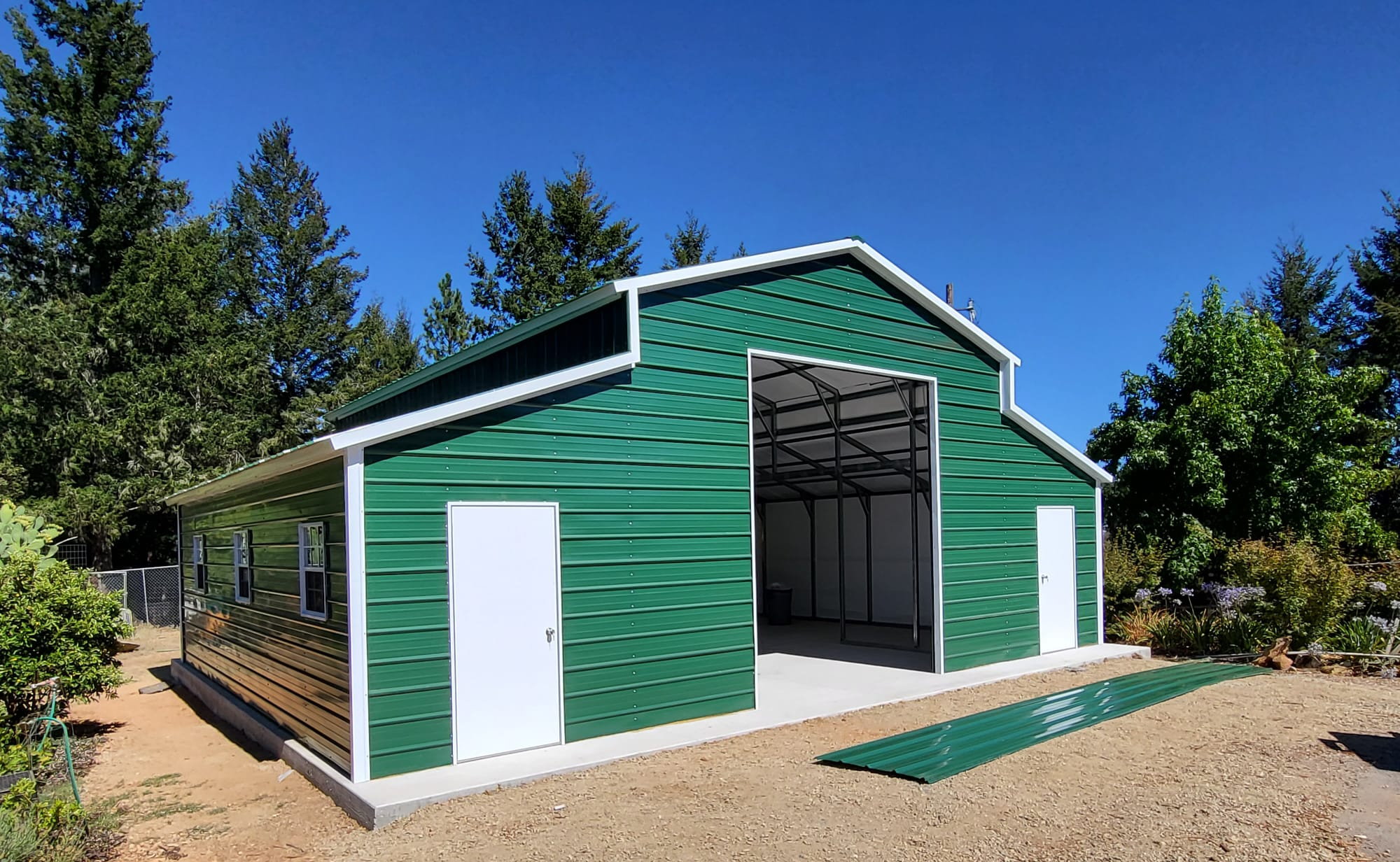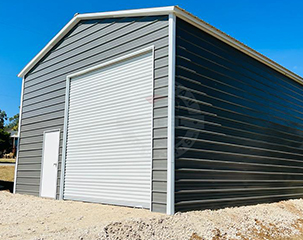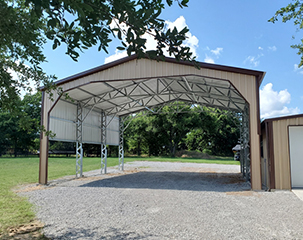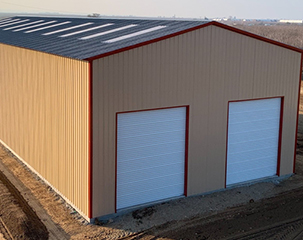Steel is the world’s most trusted material, so it’s no wonder so many buildings and infrastructures are built with it.
That’s right: most steel goes into the construction industry, mainly because steel structures are strong, sustainable, and can be built quickly at a low price.
Steel’s flexibility and versatility also means that designers, developers, and architects can use it in any number of ways to turn their visions into a reality. This has been the case for centuries, although the ways in which we use steel have changed over time—and the future will be no different as the construction industry is disrupted by new technology and evolves.
Here, I’ll detail the past and present of steel’s use in construction and outline what the industry’s future could mean for our product.
A History of Steel Buildings
Although iron has been around for centuries, its use in construction is more modern than you might think. It began around the Industrial Revolution, which was characterized by mass production and the development of new materials, modern steel included.
One of the first major uses of steel for construction purposes was in train stations. After its use there proved profitable, it began to be used in churches, private buildings, and more. In the late 1800s, the first steel-framed buildings and skyscrapers were built.
Steel building became popular in the early 20th century and became widespread around WWII, when steel was used for military shelters and oil storage. After the war, steel was more readily available and became the universal standard. Some of the world’s most iconic landmarks, like the Empire State Building, were erected with steel as a main construction element.
At the end of the 20th century, advanced steel production enabled railroad construction across the world, expanding new frontiers in remote locations.
Steel in Construction Today
If you have ever been in construction or have decided to build your own home, you may have noticed just how many steel products go into a residential building. Steel is used in the foundation, HVAC, electrical panels, appliances, decking, and hardware/brackets, just to name a few. There are many different uses for steel in a residential home alone—so you can imagine how many other types of steel products go into a commercial application.
That is why steel has reigned supreme in construction for over a century. It is used today for every building application imaginable and has become even more versatile in usage. It can be combined with other construction materials, like glass or cold-rolled and galvanized flat products that have high-elastic limits, toughness, and weldability.
Things have changed in the industry over time. For one, making steel is no longer labor-intensive, which initially resulted in cuts in the workforce. International markets are also more competitive, with a majority of steel being produced in China, Japan, and India.
As it is 100% recyclable, yesterday’s steel buildings have been used to build the structures of today, while today’s steel buildings will almost certainly be recycled into the buildings of tomorrow. That said, given the durability of steel structures and the efficacy of future-proofing methodologies, it could take a while before tomorrow arrives.
Steel’s Future in Construction
At Pacesetter, we are always taking emerging trends into account as we continue to produce and distribute quality flat-rolled steel products. It is our belief that steel’s longevity, versatility, and sustainability will only lead to more applications in construction, not less.
That said, there are several exciting new trends in the construction industry that will likely impact the steel market in some capacity. Due to the emerging era of tech and connectivity, for example, the steel industry has already begun adopting novel steel modular frame systems for use in construction sites.
Ultimately, steel is well-suited for modular construction, which will become more common as new technology spurs the advancement of building information modeling. Newer materials like graphene, though fascinating, are unlikely to eclipse steel soon.
Assuming that human aspirations continue on their current trajectory, the need for steel in construction will only increase as the continued need for solid infrastructure does. With populations growing and cities expanding, demand will only continue to climb.
Sources: Chad Fellabaum
:Pacesetter


